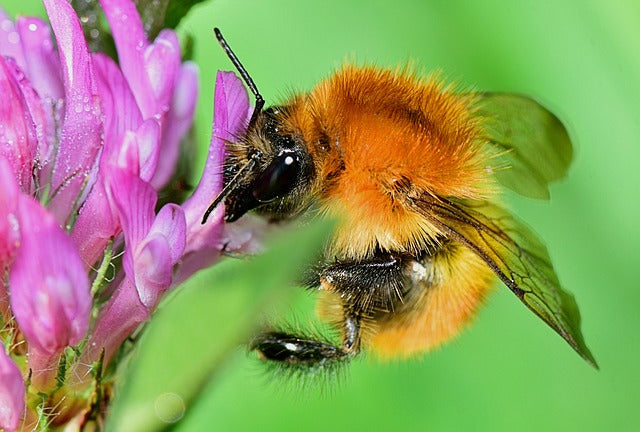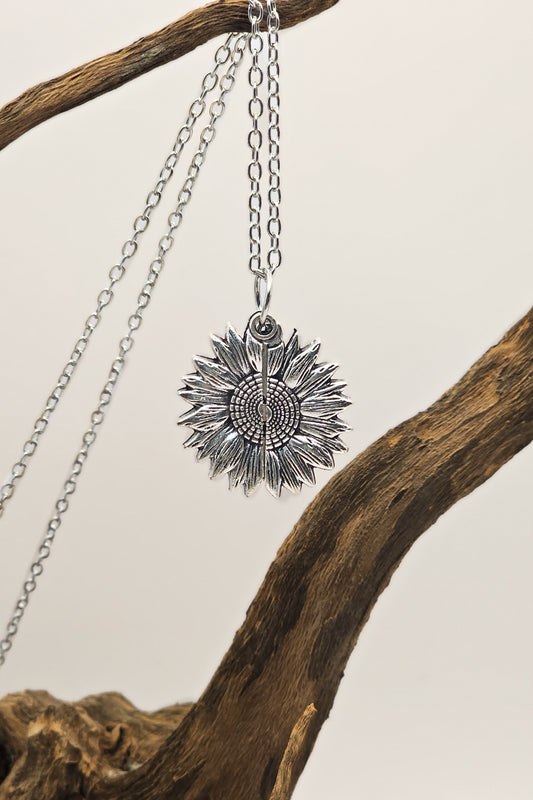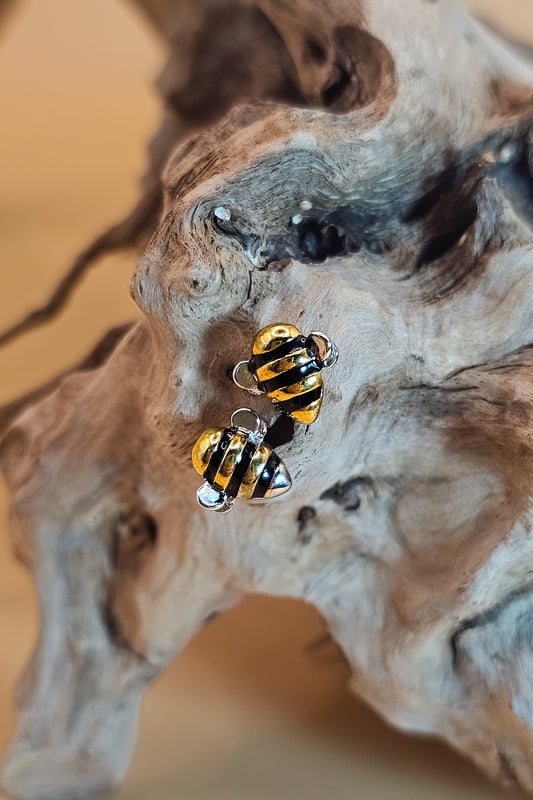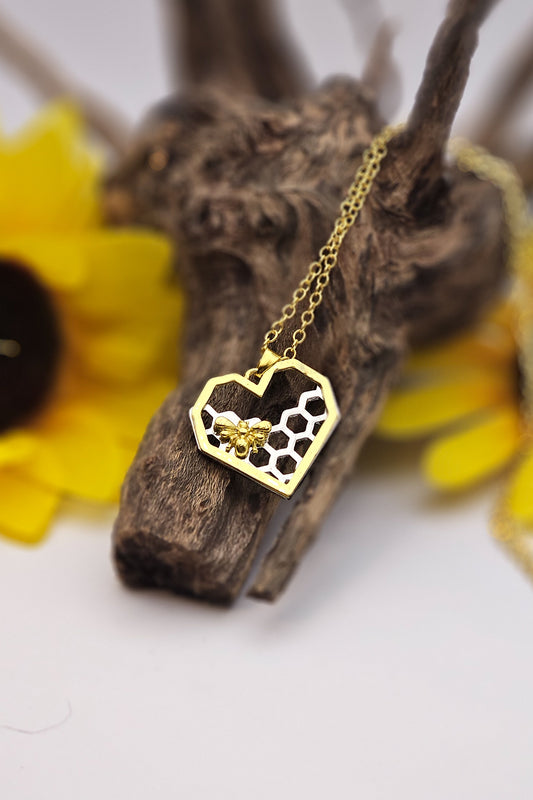Since there aren’t enough wild pollinators in the natural world to handle our enormous crop load with close to 8 billion people on the planet, private and commercial beekeeping have become big business.
Bees and other pollinators spread pollen from plant to plant as they forage for nectar and pollen in both commercial farming fields and nearby wildflowers. Bees are exposed to particular scents in the nest, so they learn which flowers to visit by these smells.
During recent research, bumblebees demonstrated an increased interest in flowers that were primed with caffeinated nectar and a target floral odor. Caffeine boosts their focus and that helps them learn better. Caffeine is a plant defense chemical found in the nectar of plants like Coffea or Citrus spp. and may influence pollinator behavior to enhance pollination.
Scientists have found that a dose of caffeine can help bees stay on track and perform jobs efficiently. Sarah E.J. Arnold, an ecologist at Greenwich University and lead author of the recent research reported in Current Biology on July 28, 2021, showed that feeding bumblebees caffeine at the same time as exposing them to a target floral scent primes them to seek out that scent when they leave the nest.
Bees seek out the target-scented flowers quickly and visit them. This research can boost the advantage of caffeinated bees to industrial agriculture, where bees can be trained to stay on target.
Previous research shows that tethered honeybees that ate caffeine and were exposed to target scent would stick their tongues out for longer times, but they had no input as to which flowers to visit.
Arnold’s team set up three groups of bumblebees for deeper research. The groups received different scents: caffeinated sugar water with a strawberry-flower smell, plain sugar water with the flower odor, and the third group got plain sugar water. None of the bees tested had previously encountered any flower or floral scent.
This unrelated 1:31-minute video by The New York Times shows bees sharing news with their sisters back at the hive about where to get a caffeine buzz:
Each group of bees entered a laboratory arena with robotic flowers, loaded with reservoirs of sugar water (without caffeine). Some of the flowers puffed out with strawberry smell while others released totally different floral scents to distract the bees.
A whole 70.4 percent of the caffeinated bees visited the target fake strawberry flower blossoms right away, clearly showing a preference for them. Of the non-caffeinated but odor-primed bees, only 60 percent flew to the plastic strawberries first. The third group had neither received caffeine nor the priming scent, and visited the strawberry flowers under half the time, and they had no previous learned behavior.
The behavior of the two bee groups exposed to caffeine and odor indicated that they formed a strong association between the two. Arnold speculates that the bees clearly remember that in the past they had a nice, caffeinated sugar experience. Consecutive flower visits showed that these bees moved faster than the non-caffeinated bees and this indicates that caffeine may enhance their motor skills.
Eventually the caffeinated bees started visiting the distractor flowers as well after visiting dozens of flowers. In a natural setting, it would probably take the bees longer to stray away from their tasks.
These studies reveal the potential of this method for mass agriculture. Caffeine could be placed beside priming scents for certain plants in commercial hives, by farmers, so bees are more efficient pollinators. Regardless of how these findings are eventually used in industrial applications, revelations from using caffeine as a priming stimulant are insightful. Arnold says the experiment demonstrates strongly how caffeine can help teach bees which plants to pollinate. Humans seek out caffeine, and she suspects that pollinators do too.
It is easy to see how honeybees (Apis mellifera) and bumble bees (Bombus terrestris) can be trained in this way to be more focused, and productive, and to perform tasks faster as commercial pollinators.
If you like learning from scientific reports, you can read the findings here.








